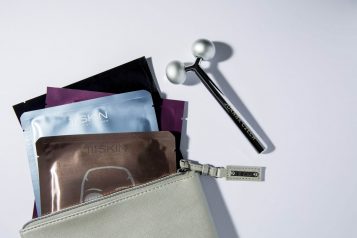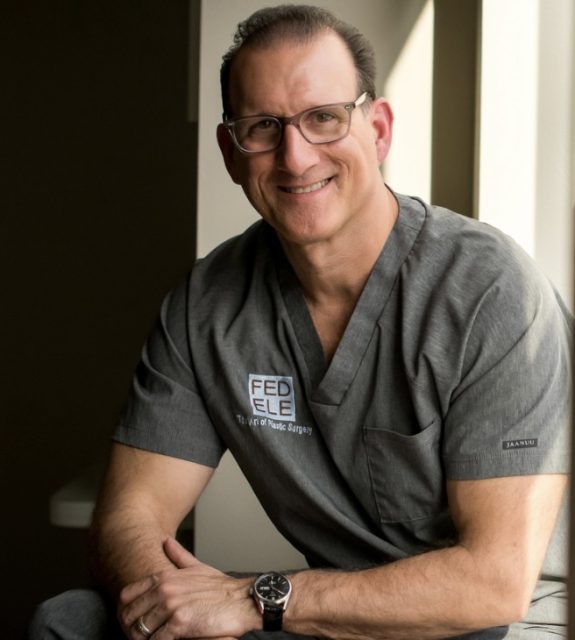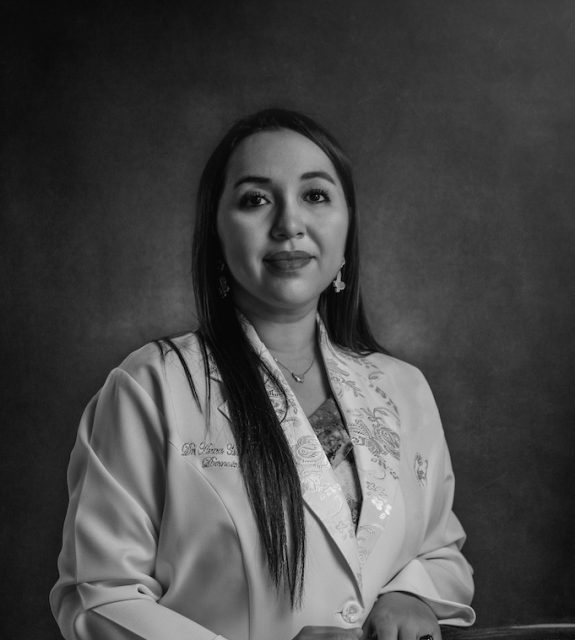Health and wellness is a rapidly evolving field. As a specialist in bariatric surgery and minimally invasive general surgery, Dr. Sepehr Lalezari’s approach to medicine is quite different from that of his colleagues. Conventional medicine is centered around early detection and treatment of disease whereas functional medicine is centered around disease prevention and maintenance of health. As an expert in weight loss who deals with both the medical and surgical aspects of obesity, the link between health and disease prevention could not be more evident to Dr. Lalezari. Trained at the prestigious Johns Hopkins Hospital, Dr. Lalezari is the foremost expert in weight loss and bariatric surgery in Los Angeles. At his practice, Lalezari Surgical the patients come first and the practice of medicine is always patient-centric. The main goal is to get people healthy.
 Photo Credit: Shutterstock
Photo Credit: Shutterstock
Haute MD: What is the endoscopic sleeve gastroplasty (ESG) and what is the Endosleeve?
The endoscopic sleeve gastroplasty and Endosleeve are interchangeable terms for a gastric restrictive procedure performed via an endoscope. The Endosleeve is a relatively new minimally invasive procedure for weight loss which does not require surgery and therefore is associated with no incisions. If you have ever had an endoscopy, where a small flexible camera is placed through the mouth into the stomach, this procedure involves essentially the same thing. An endoscope is a small flexible camera used to evaluate hollow organs. A special suturing device created by ApolloR Endosurgery attaches to the end of this camera and is used to re-create the operation performed when doing a laparoscopic vertical sleeve gastrectomy.
Haute MD: How does the Endosleeve work for weight loss?
Sutures are placed from within the stomach through a special suturing device that passes through the mouth and into the stomach. Full-thickness bites of the stomach wall are taken with the device along the greater curve of the stomach to significantly reduce the volume of the stomach. Several sutures are placed to bunch up the stomach and make it smaller and this is why the procedure is sometimes referred to as the “accordion procedure” for weight loss. The endosleeve requires no downtime and is associated with no incisions or surgery. It is a gastric restrictive procedure that decreases the amount of food one can eat before feeling full. It functions in a similar way the laparoscopic gastric sleeve does but without having to have surgery.
Haute MD: How is the Endosleeve different from a laparoscopic sleeve gastrectomy?
The Endosleeve does not require surgery therefore is associated with no downtime. It is an outpatient procedure – which means patients come for the procedure and go home the same day. There is no cutting involved with the Endosleeve and it is completely reversible. The risks of the procedure are minimal when compared to surgery and the results are very impressive. Studies currently available extend 2yrs out from the procedure and show sustained weight loss. Expected weight loss is more for the laparoscopic sleeve gastrectomy but when you consider the endosleeve is completely reversable, requires no downtime, has a lower overall complication rate and less serious adverse events associated with it the Endosleeve is an impressive option for weight loss.
Haute MD: What is the typical weight loss with the Endosleeve?
When discussing bariatric surgery we usually discuss it in terms of excess body weight loss (EBWL) which is in contrast with medical treatments for weight loss which discuss weight loss in terms of total body weight loss. For the endosleeve excess body weight loss is approximately 60-65% at 2years. That is an impressive number considering average EBWL for the laparoscopic sleeve gastrectomy can range from 60-70%.
Haute MD: Do you require another procedure after the Endosleeve?
No, the Endosleeve requires no check up on the sutures and no-repeat endoscopy to remove any sutures or anything else. It is a one-time procedure and the results are permanent. Keep in mind that although the endosleeve is permanent it can be reversed if desired.

Haute MD: What are the risks associated with the endoscopic sleeve gastroplasty?
The Endosleeve is a relatively safe outpatient procedure. Most common complaint after the procedure is nausea which is to be expected because of the reduction in the size of the stomach. Nausea usually resolves after 48hrs and is normally controlled with medications. Other risks include abdominal pain and bleeding. Abdominal pain may last up to one week but is usually controlled with medications. Serious adverse events are rare and include gastric leak, perigastric fluid collection, pneumothorax, pneumoperitoneum. Review of the literature shows these serious adverse events to be rare occurring in less than 5% of cases and in a recent review by Jain et al. it was found to be 2.3%. Most of these do not require surgery to correct.
Haute MD: Does insurance cover the endosleeve?
Unfortunately at this time, the endosleeve is not covered by insurance.
Haute MD: How much is the cost of an Endosleeve?
The endosleeve usually costs about 16000 dollars. The cost depends on the center, surgeon, length of the procedure and geographical location.
In conclusion, the endoscopic sleeve gastroplasty or endosleeve is an impressive new option for weight loss. It is associated with relatively low complications, 60-65% excess body weight loss, does not require surgery, is reversible, require no real downtime, patients go home the same day after the procedure and are durable in the long term. It is a great option for those seeking fast weight loss and do not want to undergo a non-reversible surgery.
For more information, visit Dr. Sepehr Lalezari's social media:

























